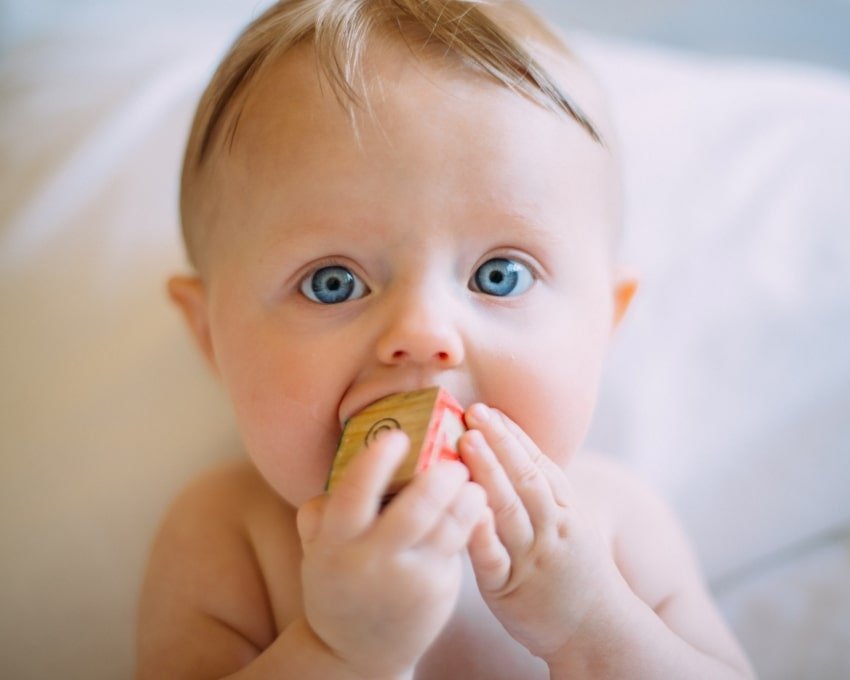Maybe you’ve been this kid or have known this kid while in grade school: the glue eater. Why is this a widespread phenomenon? What drives children to stuff their mouths with this substance?
If you have a child who refuses to quit snacking on paste, continue reading. Here’s information on why kids do this and how you can finally stop it.
The Main Reasons Why Kids Eat Glue
A few reasons can cause kids to eat something as ridiculous as a paste. First, they may be doing this as a sign of defiance. If they keep hearing their parents and teachers asking them to stop, this may make them want to eat paste more.
Secondly, children may eat paste for the attention. While this is extreme, if they’re not getting a sufficient amount of attention at home because their parents are too busy with work or have a new baby sibling stealing the spotlight. Because of this, they might choose to resort to such measures.
Thirdly, they may be genuinely curious as to what glue tastes like and not know any better. Perhaps they saw a friend consume it while at school and proceeded to do the same.
View in gallery
They may also be eating glue out of stress. Studies have shown that when children don’t know how to properly cope with their anxieties, they come out in odd and often dangerous ways.
Lastly, a child may consume glue if they have a case of pica.
What Is Pica?
This disorder causes adults and children to eat non-food items for various reasons and can be the underlying factor in your child’s odd habit.
For example, aside from glue, your child may also eat:
- crayons and chalk
- feces
- fingernails
- rocks and sand
- grass
- hair
- paint chips
- clay
- plastic toys
Pica is quite common in children. It affects 10 to 30% of small children ages one to six. Other symptoms can include an upset stomach, blood in their stool, and bowel problems like severe constipation and diarrhea.
Pica is extremely dangerous, especially for a young child. Eating these non-food items can cause them to choke. It may also lead to infections within the body. You must see a doctor right away if you notice your child eating these toxic substances.
What Causes Pica?
Pica can be a significant sign of stress. It has been shown that children living in impoverished areas can develop this eating disorder. Children who may have been abused may also develop pica. Lastly, pica can be a sign of malnourishment and mineral deficiencies.
How To Cure Pica
Doctors may be able to treat the symptoms related to pica. For example, if the child is malnourished, they can diagnose which vitamin they are deficient in and provide a nutritional supplement.
If a child is eating non-food items out of stress, a child psychologist can learn how to manage their stress, primarily if it’s derived from a mental illness such as OCD or schizophrenia.
View in gallery
Is Eating Glue Dangerous?
According to Elmer’s, one of the most famous glue brands, their concoction is an aqueous emulsion of polyvinyl acetate, polyvinyl alcohol, and propylene glycol. While a small trace amount of paste won’t kill your child, this behavior is linked to dangerous illnesses such as OCD, which can harm your child if you don’t seek help.
Overeating of this substance can also cause stomach pains, so it’s best to discourage it immediately.
How To Stop A Child From Eating Paste
If you haven’t noticed any of these other signs of pica, it may not be a matter of a nutritional deficiency. Your child may be bored, or defiant so try these other tips.
Switch The Glue Brand You’re Using
A child may be lured in by the colorful hue of the glue. If so, purchase a normal glue instead of the bright purple or glittery kind so they’ll be less tempted to put it into their mouths.
You can also monitor them during arts and crafts time. Every time they try to put glue in their mouths, gently reprimand them. Remind them that what they are doing is unhealthy and can harm them.
Additionally, opt for projects that don’t require glue at all.
Try Implementing Glueless Projects For Children
Try creating animal origami during arts and crafts time. For this project, print out a sheet with the appropriate folding instructions.
You can also try coloring! Purchase a coloring book filled with pictures of their favorite cartoon characters and a fresh box of coloring pencils.
Painting is another option. Purchase water-based paints. Additionally, you can make your own dyes at home using a blender and an assortment of different fruits and vegetables. If your child does put this type of paint into their mouths, it won’t cause any harm.
Lastly, try using non-toxic clay to craft various shapes and animals.
Talk To Their Teachers
If your child is eating glue at home, chances are they are also participating in this bad habit while at school. While you can control their behavior at home, school is an entirely different ballgame.
Bring it up to their teachers and ask them to keep a close eye on them if they’re working with glue in class that day.
View in gallery
Take Them To See A Child Psychologist
If there’s a more profound issue when it comes to your child defiantly eating paste, try taking them to a child psychologist to dig deeper into this glue issue.
Conclusion
Eating glue at a young age is normal since this is the time humans are at their most curious stage. Many kids do it! However, this doesn’t make it a healthy habit, so bring an end to it.
Implement some of these tips if your child refuses to stop eating glue, as it can have damaging effects on their bodies in the long term.






